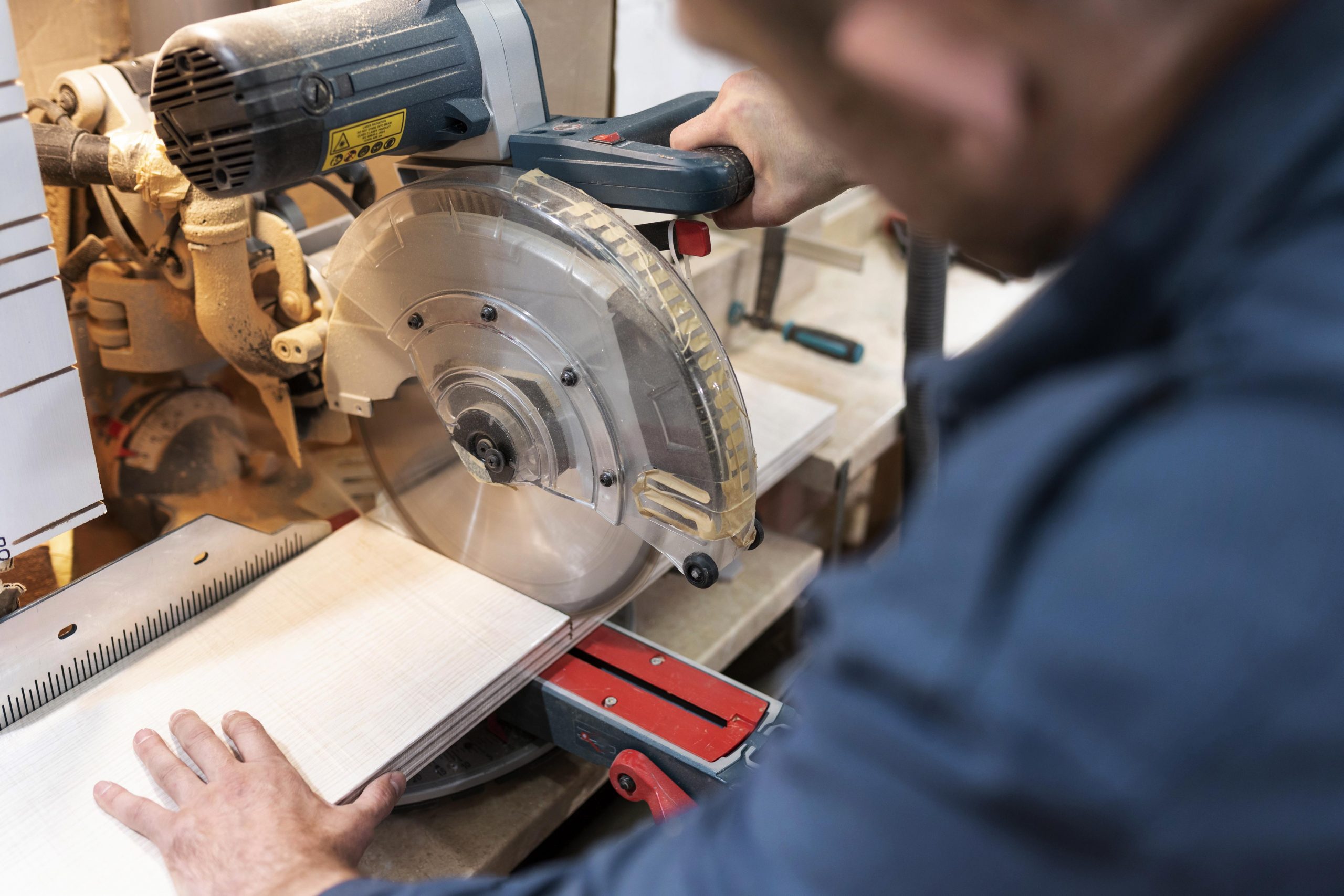Introduction
Are you feeling overwhelmed by the vast array of power tools available? Choosing the right tool can make the difference between a successful DIY project and a frustrating experience. This guide will walk you through the essential considerations for selecting the perfect power tool.
Understanding Your Project Needs
1. Assess the Project Scope
- Weekend Home Improvements: Light-duty tools
- Major Renovations: Professional-grade equipment
- Frequency of Use: Occasional vs. Regular projects
2. Key Factors to Consider
- Power requirements
- Precision needed
- Working environment
- Budget constraints
Types of Power Tools and Their Applications
Drills
Cordless Drill
- Best for:
- Small home repairs
- Light woodworking
- Furniture assembly
- Key Features to Look For:
- Battery life
- Voltage (12V-20V for home use)
- Adjustable clutch
Hammer Drill
- Best for:
- Masonry work
- Concrete drilling
- Heavy-duty construction
- Key Features:
- Impact mechanism
- Variable speed settings
- Robust build quality
Saws
Circular Saw
- Ideal Projects:
- Lumber cutting
- Deck building
- Sheet material cutting
- Selection Criteria:
- Blade size (7¼” standard for home use)
- Power rating
- Bevel capacity
Reciprocating Saw
- Best Applications:
- Demolition work
- Tree trimming
- Pipe cutting
- What to Look For:
- Stroke length
- Variable speed
- Orbital action
Rental vs. Purchase Considerations
When to Rent
- One-time or rare projects
- Expensive, specialized tools
- Trying before buying
- Avoiding storage and maintenance costs
When to Buy
- Frequently used tools
- Basic, versatile equipment
- Long-term cost-effectiveness
- Personal projects with regular needs
Pro Tips for Tool Selection
- Always prioritize safety
- Read tool specifications carefully
- Consider ergonomics and comfort
- Check compatibility with existing accessories
- Test the tool’s weight and balance
Conclusion
Choosing the right power tool doesn’t have to be complicated. By understanding your project needs, assessing the tool’s capabilities, and considering rental options, you can work smarter and more efficiently.

Rental vs. Purchase Considerations
When to Rent
- One-time or rare projects
- Expensive, specialized tools
- Trying before buying
- Avoiding storage and maintenance costs
When to Buy
- Frequently used tools
- Basic, versatile equipment
- Long-term cost-effectiveness
- Personal projects with regular needs
Pro Tips for Tool Selection
- Always prioritize safety
- Read tool specifications carefully
- Consider ergonomics and comfort
- Check compatibility with existing accessories
- Test the tool’s weight and balance
Conclusion
Choosing the right power tool doesn’t have to be complicated. By understanding your project needs, assessing the tool’s capabilities, and considering rental options, you can work smarter and more efficiently.




In this blog post, I wanted to share a bit about our plans and ambitions in India and how we are thinking about this hub in general lalalla.